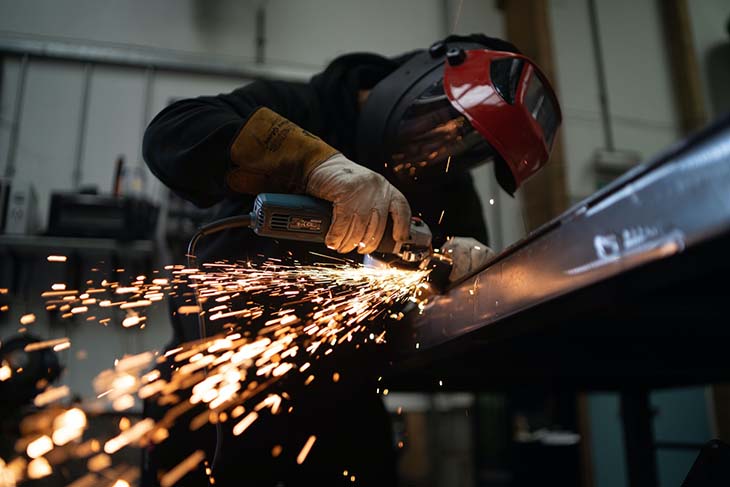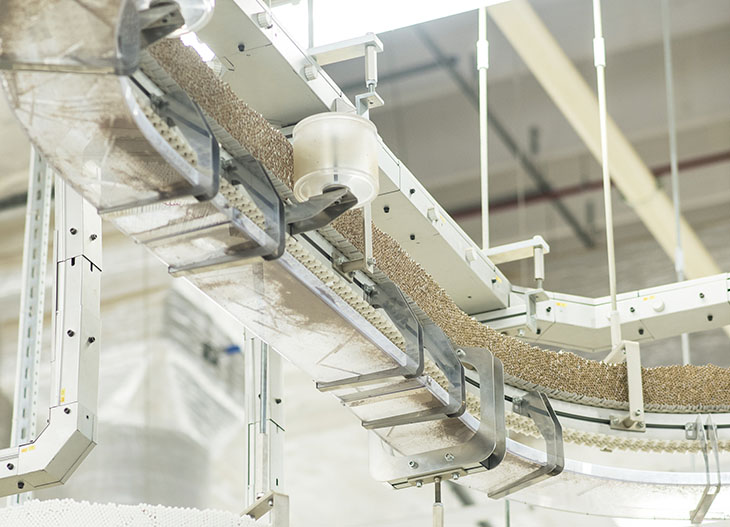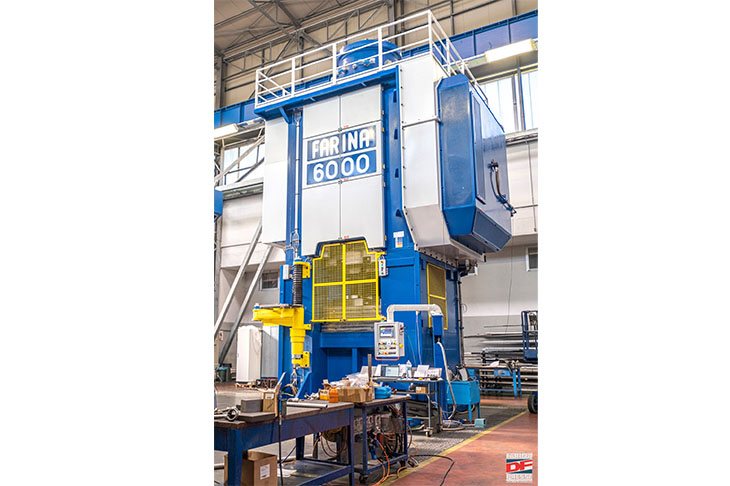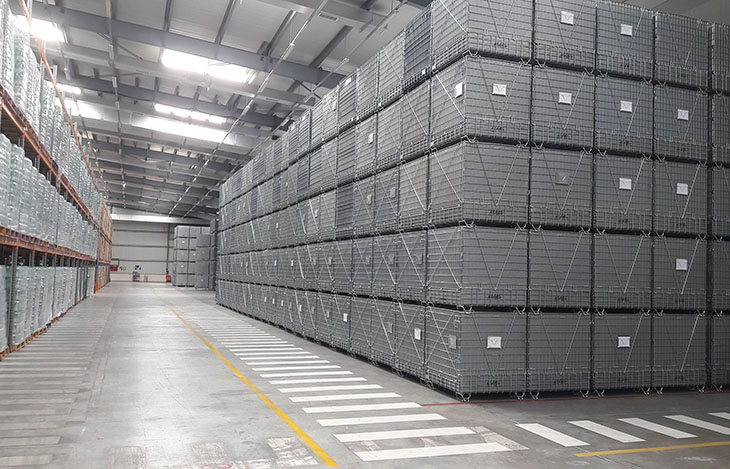Business owners are supporting global sustainability goals by adopting eco-friendly production practices. The manufacturing sector generates significant quantities of atmospheric and surface-level pollution, leading environmentalists to work with manufacturers to develop sustainable production alternatives.
They are specifically targeting the metal finishing industry to minimize toxic compound pollution. Reducing pollution can significantly improve ecological conservation and prevent adverse health conditions. Industrial workers must evaluate the environmental impacts of metal finishing before developing sustainability enhancement techniques.
The Environmental Impact of Metal Finishing
Traditional metal finishing practices release chlorinated hydrocarbons into the environment. The cleaning process relies on caustic cyanides and other metal elements, which support electroplating operations. Metal finishing runoff may cause significant forms of ecological degradation.
If cyanides reach the ocean, it can cause adverse health effects in marine species. Cyanide has similar ecological effects when it pollutes runoff water. Regions experience significant fish losses after cyanide contamination.
Metal finishing practices also adversely affect worker health. Individuals are at risk of metal toxicity and arsenic and lead poisoning when working in finishing facilities. Long-term exposure to contaminants may cause toxicity like oxidative stress.
Flint, Michigan, experienced one of the worst cases of heavy metal poisoning in American history. 12 residents died and 87 experienced adverse health effects from long-term lead exposure. Metal finishing professionals can protect their health and the environment by adopting sustainable manufacturing practices.
Powder Coating
The first sustainable metal finishing practice is powder coating. Powder coating relies on a dry solution to coat a substrate. The solution can meet metal finishing needs without using pollution-producing solvents.
Powder finishing releases zero harmful compounds during the finishing process. Most application professionals use electrostatics to coat metal with a powder finish. Using electrostatic application practices with zero solvents eliminates volatile organic compound (VOC) pollution.
Minimizing VOC pollution is essential to ecological conservation. VOCs produce ground-level ozone when combined with tailpipe emissions. Ozone development increases surface temperatures over time.
VOCs create smog, which adversely impacts human health and biodiversity. Powder coating reduces smog production by minimizing VOC pollution. Individuals may also increase metal finishing’s sustainability using anodizing practices.
Anodizing
Anodizing is an oxidation technique that produces a protective metal coating. It relies on electrolytic processes to form an anode with metal materials. Anodizing is a sustainable finishing practice because it releases zero greenhouse gas emissions.
The process also supports metal recycling, which influences the circular economy. Professionals can re-smelt metals like aluminum indefinitely using anodization. Re-smelting anodized materials releases zero contaminants into the environment.
Anodizing practices also improve the stability and longevity of metal materials. The process prevents filiform corrosion, which degrades layers between metal and surface coatings. Preventing corrosion also supports the circular economy, which increases environmental and economic stability.
The circular economy minimizes waste and resource exploitation in the industrial sector. It relies on recyclable materials to support economic development. Professionals can influence the circular economy and reduce metal finishing pollution using anodizing.
Abrasive Pollution Prevention
One pollution-producing practice in metal finishing is abrasive blasting. Professionals sandblast metals to remove impurities and smooth their surfaces. Abrasive blasting creates dust particle pollution, which contains harmful contaminants.
Environmentalists developed abrasive pollution prevention techniques to minimize adverse environmental effects. One system limiting metal finishing pollution is a blasting enclosure. The enclosures contain advanced ventilation technologies that remove particles from the air. Ventilation systems prevent pollution from reaching the atmosphere.
Another pollution prevention device is a vacuum blaster. The vacuum absorbs air pollution during the abrasive blasting process.
It also stores abrasive materials in a collection chamber. Professionals can reuse the abrasives in future blasting practices to minimize resource exploitation.
Corrosion Protection
Preventing metal corrosion can minimize municipal solid waste (MSW) over time. Professionals may prevent corrosion using a thermal diffusion coating process. The process improves metal materials’ surface structures and increases their longevity.
Environmental engineers are developing eco-friendly corrosion prevention materials with zero contaminants. They also ensure the material’s recyclability to minimize MSW.
Powering Finishing Facilities With Renewables
In America, the industrial sector consumes over 36% of the energy supply. Most of the country’s energy comes from fossil fuels, which produce greenhouse gas emissions during combustion. Metal finishing facilities contribute to atmospheric degradation when using emission-producing energy supplies.
Professionals can source carbon-free power like hydro and solar to shrink their carbon footprints. Green energy may significantly improve the sustainability of material production and finishing practices. It can also support increasing demands for metal and sustainable products.
Currently, over one-third of customers will pay more for eco-friendly goods. Some companies are going out of business because eco-consumers are defining the market. Business owners can gain a leg up on competitors and ensure their financial stability by installing renewable energy systems.
Using More Eco-Friendly Metals
Metal finishing professionals can improve their sustainability levels by using more eco-friendly metals. Recycled metal is one of the most sustainable materials available today. Producing goods out of used components may significantly reduce waste output.
Professionals can also use steel and aluminum to improve metal finishing sustainability levels. The materials are durable and accessible, which minimizes resource exploitation. A metal’s longevity is also essential to its sustainability.
























